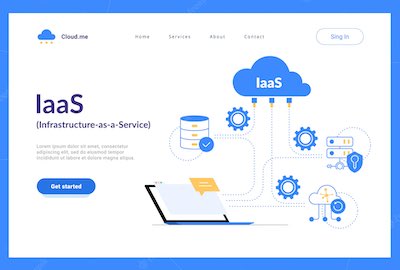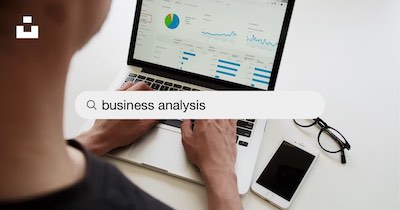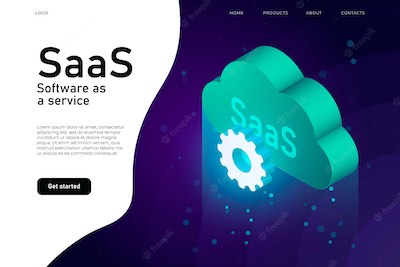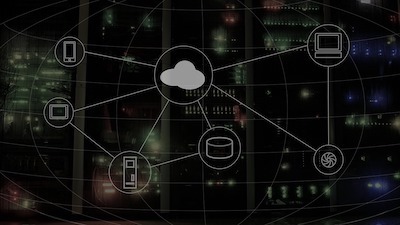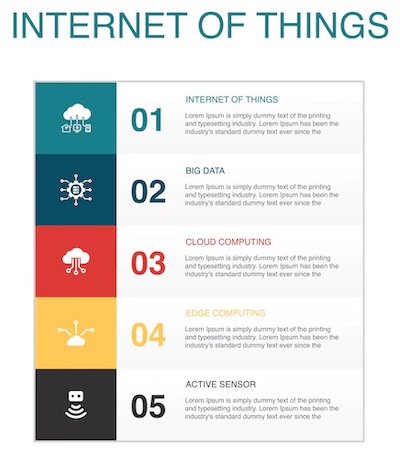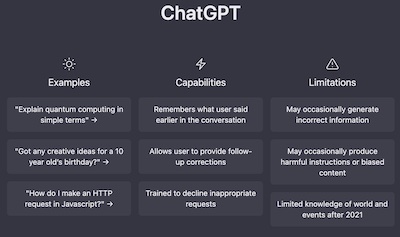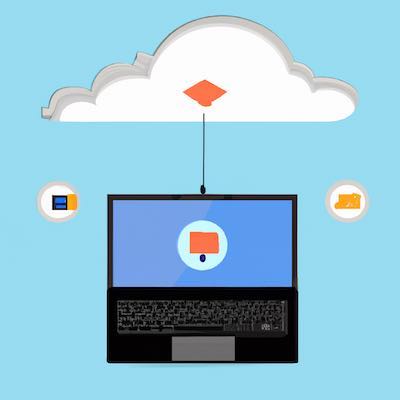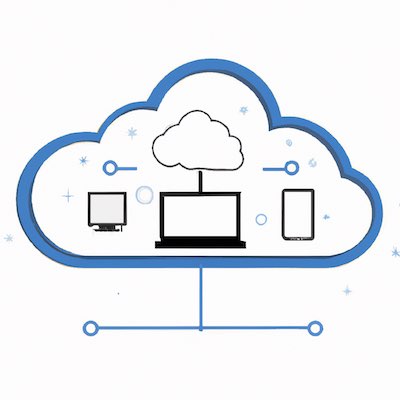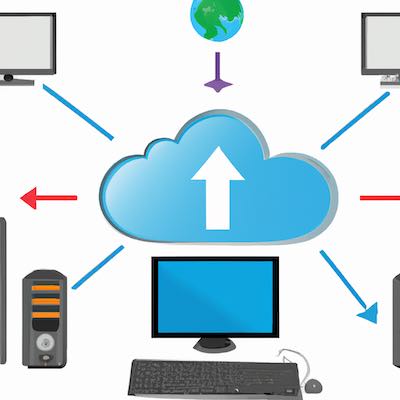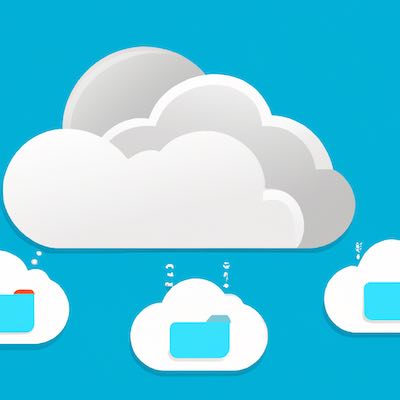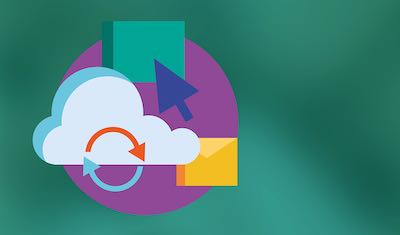 Cloud computing is revolutionizing the way businesses operate and function. It has enabled organizations of all sizes to access resources, applications, and services without the need for specialized hardware and software. Two of the most popular cloud computing models are Infrastructure as a Service (IaaS) and Platform as a Service (PaaS). Both models offer unique benefits and drawbacks, so it’s important to understand the differences between them. In this article, we will explore the differences between IaaS and PaaS, as well as discuss their benefits and drawbacks. We’ll also look at how they can be used together to create a comprehensive cloud computing strategy. By the end of this article, you’ll have a better understanding of how IaaS and PaaS work and how you can use them to benefit your business.
Cloud computing is revolutionizing the way businesses operate and function. It has enabled organizations of all sizes to access resources, applications, and services without the need for specialized hardware and software. Two of the most popular cloud computing models are Infrastructure as a Service (IaaS) and Platform as a Service (PaaS). Both models offer unique benefits and drawbacks, so it’s important to understand the differences between them. In this article, we will explore the differences between IaaS and PaaS, as well as discuss their benefits and drawbacks. We’ll also look at how they can be used together to create a comprehensive cloud computing strategy. By the end of this article, you’ll have a better understanding of how IaaS and PaaS work and how you can use them to benefit your business.
What is IaaS?
IaaS stands for Infrastructure as a Service. It is a cloud computing model that provides customers with access to virtualized resources, such as servers, storage, and networking. This model gives businesses the ability to scale up and down their resources depending on their current needs, significantly reducing their upfront capital expenditure. It also allows organizations to access new resources quickly and easily. IaaS is a great option for businesses that want to use the cloud but don’t want to build their infrastructure from scratch. This model allows companies to focus on their core business while outsourcing their infrastructure to a managed service provider. IaaS is also a good choice if your business requires specific hardware or software that isn’t available in a PaaS. Unlike PaaS, IaaS gives you complete control over the resources and virtualized environment. This can be helpful if you have very specific needs or require a large amount of customization.
What is PaaS?
PaaS stands for Platform as a Service. It is a type of cloud computing that offers customers access to application programming interfaces (APIs), libraries, servers, databases, and more. PaaS allows businesses to quickly create, test, and deploy new applications without managing the underlying infrastructure. It is a good choice if your organization needs to quickly scale up its operations or build a new application. PaaS is also a good option if you require specific programming tools or technologies that are difficult to acquire or implement on your own. Unlike IaaS, PaaS gives you access to a fully managed environment with pre-built tools and libraries. While this makes it easier to get started, it also comes with a few trade-offs. For example, you may not have full control over the features and functionality of the environment, which could limit your options later on. At the same time, PaaS provides a level of scalability that isn’t available with IaaS. This can be helpful if your organization expects to experience significant growth or regularly faces surges in demand.
Key Differences between IaaS and PaaS
There are several differences between IaaS and PaaS that are worth noting. Let’s take a closer look at each of them.
IaaS vs PaaS Architecture: IaaS and PaaS differ in how they utilize their underlying architecture. IaaS will typically use virtual machines (VMs) to host applications and virtualized resources. This allows businesses to scale their resources as needed and helps them save on operating costs. PaaS, on the other hand, is geared towards hosting a single application. As a result, it’s best suited for organizations that need to support a large number of users or have frequent spikes in demand.
IaaS vs PaaS Scaling: You’ll find that IaaS and PaaS both have mechanisms for scaling. However, they work in different ways. IaaS uses VMs that can be quickly added or removed from the environment based on the needs of the application. This is a great feature because it gives businesses the ability to scale their resources in real-time when demand increases. PaaS, on the other hand, doesn’t scale as easily and isn’t real-time. This means that it can take a while to add or remove additional resources, which can put unnecessary strain on your application.
IaaS vs PaaS Control: PaaS gives you limited control over the underlying environment. You can control the code that’s running on top of it, but not much more than that. IaaS, on the other hand, gives you complete control over the underlying environment. This includes all the servers, virtualized resources, and other components that make up your infrastructure.
IaaS vs PaaS Cost: IaaS and PaaS have different costs associated with them. IaaS typically comes with a fixed monthly fee, whereas PaaS usually has a pay-as-you-go pricing model. PaaS can save you money in the short term but can quickly become very expensive if you need a lot of resources. IaaS is generally a better option if your business will regularly require a significant amount of computing power.
Benefits of IaaS
IaaS has many benefits that make it particularly useful for certain businesses. Let’s take a look at a few of them. Access to a variety of resources: With IaaS, you can access a wide range of virtualized resources, including servers, storage, networking, and more. This lets you create a custom environment suited to your needs and requirements. Scalability: IaaS enables you to scale your resources up or down as needed. This makes it a good choice for businesses that experience significant fluctuations in demand. Saving money: IaaS can help you reduce your overall operating costs in the long run. This is because you don’t need to invest in expensive hardware and software. Instead, you can use IaaS to access cheaper virtualized resources that are easier to scale.
Drawbacks of IaaS
Like all cloud computing models, IaaS isn’t without its drawbacks. Let’s take a look at a few of them. Need for technical expertise: Since you have complete control over the infrastructure, you’ll need to have technical expertise. This means that some organizations may not be able to manage the environment on their own. Lack of standardization: Because you have control over the infrastructure, you don’t have standardization. This means that your environment may not be as secure or reliable as other models. Possible latency: IaaS can lead to latency if you don’t have the right amount of resources to meet your current demand. This can result in slower speeds and lower performance.
Benefits of PaaS
PaaS also has several benefits that make it a good option for certain businesses. Let’s take a look at a few of them. Quickly create and deploy applications: PaaS lets you quickly develop and deploy new applications. This can be a useful feature for businesses in a variety of industries. Easy scalability: PaaS lets you scale your application up or down as needed. This can be helpful if your business experiences sudden fluctuations in demand. Access to pre-built tools and libraries: PaaS gives you access to a variety of pre-built tools and libraries that can make it easier to develop and deploy your applications.
Drawbacks of PaaS
While PaaS offers plenty of benefits, it also has a few drawbacks that are worth noting. Let’s take a look at a few of them. Lack of flexibility: PaaS is geared towards a certain type of application. This means that you don’t have much flexibility if you need to run different types of code on the same platform. You’ll have to create multiple applications or switch models. Lack of scalability: PaaS doesn’t scale as easily as IaaS. This can be particularly problematic if you need to handle a sudden increase in demand. High costs: PaaS may save time and money in the short term, but it can cost you a lot in the long term. This is because you’ll have to pay for every little resource that you use. This can quickly add up and create a significant expense for your business.
How to Choose the Right Cloud Computing Model
Now that you know the differences between IaaS and PaaS, you may be wondering how to choose the right model. The most important thing is to select a model that meets the needs of your business while providing the greatest possible value.

